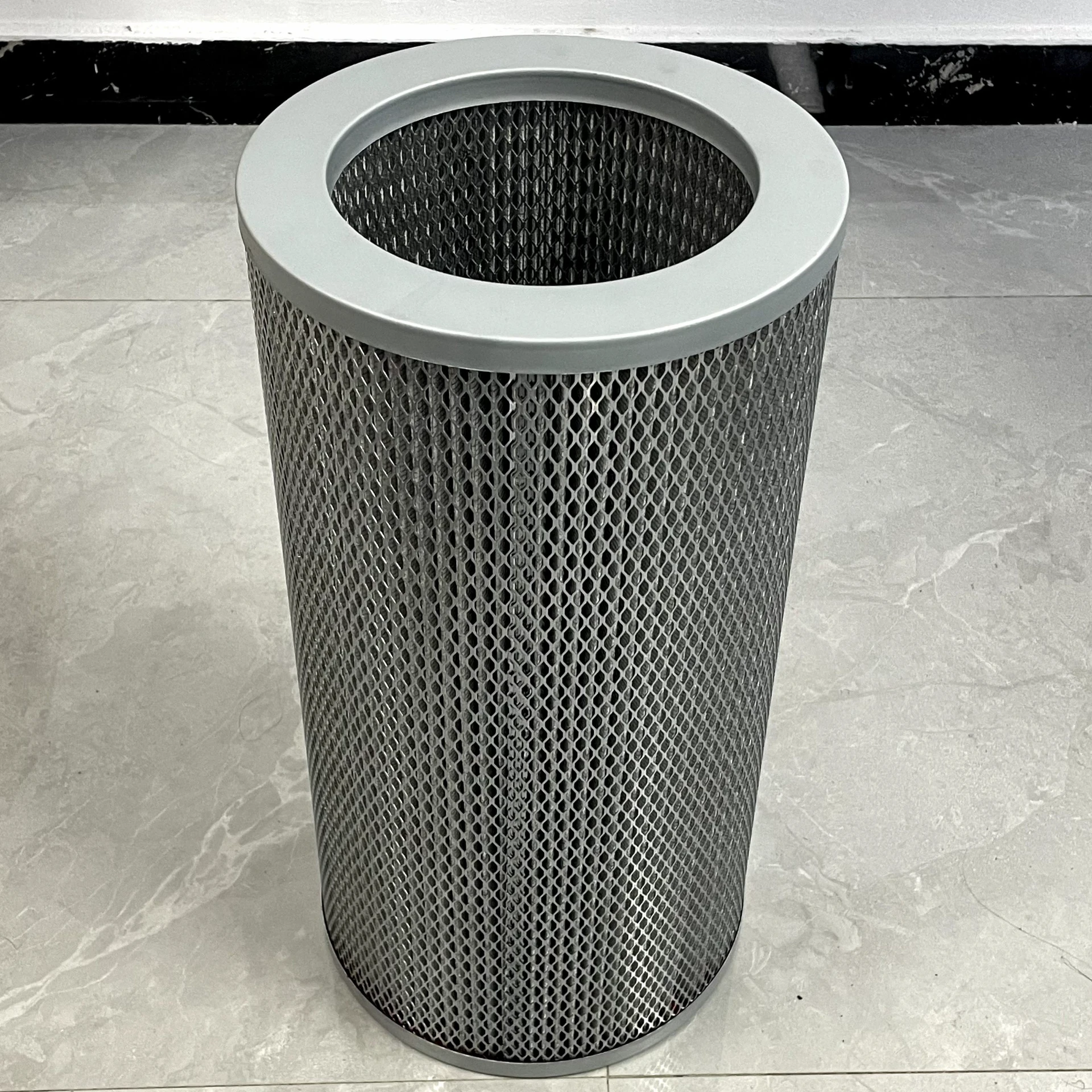 Tel:
+8615930870079
Tel:
+8615930870079
Nov . 07, 2024 06:15 Back to list
Optimizing Performance with High-Efficiency Dust Cartridges for Industrial Applications
Understanding Dust Cartridges Essential Components for Clean Air
In an era where cleanliness and hygiene are paramount, particularly in industrial and commercial settings, the role of dust cartridges cannot be overstated. Dust cartridges, also known as dust collection cartridges, are integral components of dust collection systems designed to improve air quality by capturing airborne particulates. Understanding their function, design, and benefits can help industries maintain a safe working environment while adhering to regulatory standards.
What are Dust Cartridges?
Dust cartridges are essentially cylindrical filters used in dust collection systems. They are engineered to trap and remove dust, dirt, and other particulate matter from the air before it can enter the surrounding environment. Typically made from synthetic or fiberglass materials, these cartridges have a pleated design that increases the surface area available for capturing particles, thus enhancing their efficiency.
How Do They Work?
The operation of dust cartridges is primarily based on the principles of filtration. As air laden with dust and pollutants is drawn through the cartridge, larger particles are trapped by the filter's fibers, while smaller particles are captured through various mechanisms, such as inertial impaction, interception, and diffusion. This layered filtration process ensures that clean air is expelled back into the environment, significantly reducing airborne contaminants.
It's also worth noting that dust cartridges are often equipped with a pulse jet cleaning system. This system uses bursts of compressed air to dislodge the collected dust from the filter surface, allowing for continuous operation and reducing the need for frequent replacements.
Applications of Dust Cartridges
Dust cartridges are utilized in a myriad of industries where dust and particulate matter are prevalent
. Common applications include1. Woodworking In wood shops, sawdust can quickly accumulate, posing hazards to both health and safety. Dust cartridges help keep the air clean and reduce fire risks associated with dust explosions.
2. Construction Construction sites generate a significant amount of dust. Dust cartridges in dust collection systems act as a vital barrier to protect workers from inhaling harmful particles.
dust cartridges

3. Manufacturing Many manufacturing processes create dust, such as metal fabrication and powder coating. Implementing dust cartridges helps maintain regulatory compliance and enhances worker productivity by providing a cleaner environment.
4. Food Processing In food processing plants, dust from ingredients can be a health concern. Dust cartridges ensure that the facility remains sanitary and free from cross-contamination.
Benefits of Using Dust Cartridges
The implementation of dust cartridges offers several advantages
- Health and Safety By effectively capturing harmful dust particles, these cartridges contribute to a safer working environment, thereby minimizing health risks for employees.
- Regulatory Compliance Many industries are subject to strict air quality regulations. Utilizing dust cartridges helps companies comply with these standards, avoiding hefty fines and legal issues.
- Cost-Effectiveness While there is an initial investment in a dust collection system with dust cartridges, the long-term savings realized through reduced cleaning costs, fewer health-related absences, and lower equipment maintenance needs make it a wise investment.
- Improved Productivity A cleaner workplace leads to enhanced productivity. Employees can focus on their tasks without the distractions and discomfort caused by dust.
Conclusion
In summary, dust cartridges are crucial for maintaining air quality in various industrial and commercial settings. Their ability to effectively trap airborne particulates safeguards employee health, ensures regulatory compliance, and boosts overall productivity. As industries continue to embrace better air quality practices, the importance of dust cartridges will only grow, making them indispensable in the quest for a cleaner, healthier work environment. Understanding their role and capabilities will empower businesses to implement effective dust management strategies, ensuring long-term success and safety.
-
Types and Applications of Air Filtration CartridgesNewsJul.28,2025
-
The Role of Gas Turbine FiltersNewsJul.28,2025
-
Mastering Air Filter Cartridge UseNewsJul.28,2025
-
Advanced Turbine Filters for Modern Gas TurbinesNewsJul.28,2025
-
Cellulose Air Filter Cartridge Advantages in Dust FiltrationNewsJul.28,2025
-
Cellulose Filters for Air Particle ReductionNewsJul.28,2025

 Email:
Email:





